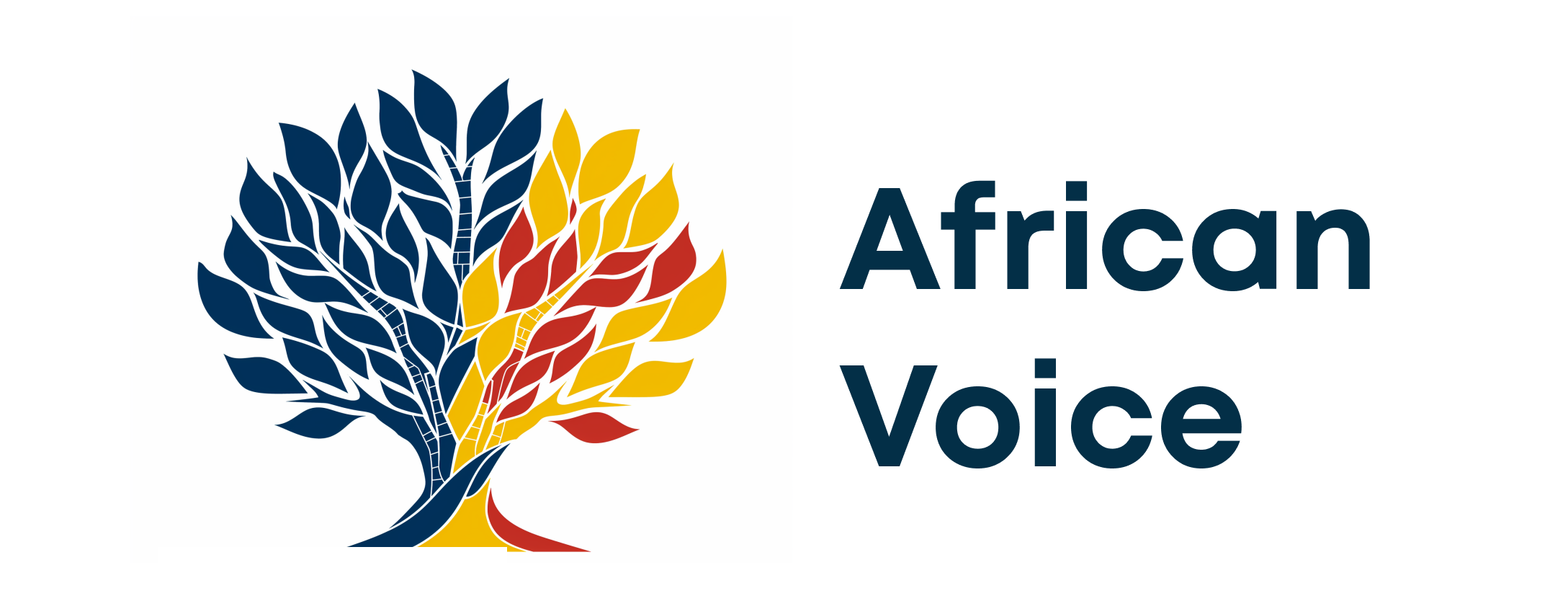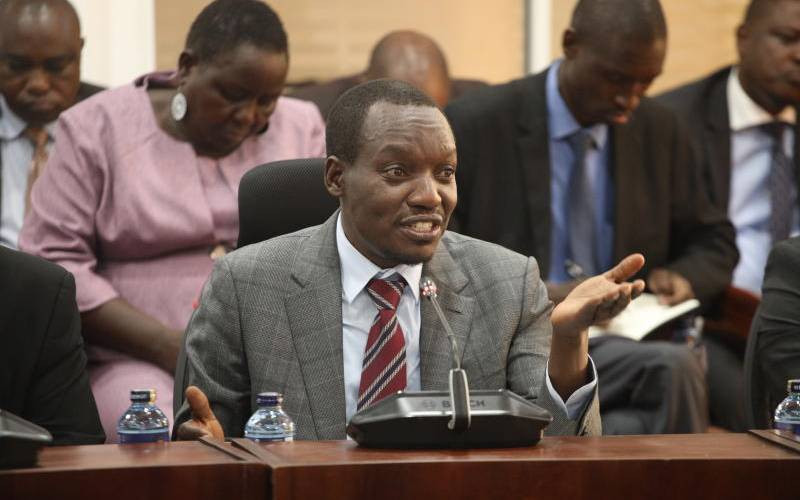A crowd erupts in cheers as a young Maasai woman pelts over the finish line, the latest participant in the “Maasai Olympics”, a re-imagining of a traditional coming-of-age rite in the rolling Kenyan grasses.
On Saturday, hundreds gathered in the Kimana reserve some 200 kilometres (120 miles) from the capital Nairobi to watch 160 athletes — including 40 young women — compete in the games.
The young people were taking part in a re-interpretation of the “Olamayio” rites undertaken by young Maasai men to prove their skills, identify their leaders and attract girlfriends.
But the traditional killing of a lion — and exclusion of girls — have been replaced with sporting prowess and increased visibility for women.
“Events like these are enjoyable because the girls will notice their talent,” said Valentine Naisimoi, still panting after competing in the 100 metres race.
Naisimoi explained that many women from her community were expected to fit traditional roles: “They’re just there to be married.”
But the 19-year-old, whose ambition is to be like famed Kenyan athlete Mary Moraa, said the races gave women like her a moment to shine — and hope for more opportunity.
“They’re going to work hard for it and to help them in the future.”
The games saw participants sprint or run over grass for distances ranging from 100 to 5,000 metres.
The competitions are sometimes a twist on local customs: in one, athletes must lob wooden clubs — known as “rungus” and used to ward off hyenas — into a small basket for points.
And while women only compete in the 100 and 1,500 metres, plans are afoot to expand the field, said Maasai coordinator Samuel Kaanki.
“We need also girls to participate in this,” he stressed, explaining how the traditional male-focussed ceremony had been adapted as the community changed.
“When I go around to education meetings, many ladies ask me why ladies are not participating in this program,” he said.
Become champions
Stay informed. Subscribe to our newsletter
The event was created in 2012 by community leaders and conservation group Big Life Foundation. The intention was to help preserve the region’s lions, which had plummeted from about 30,000 in the 1970s to just over 2,000.
And the events have helped, according to Big Life Foundation, with more than 250 lions now roaming the Amboseli ecosystem from fewer than 20 in the early 2000s.
Runner Stephen Masindet, 21, said the competition was important because it was changing attitudes.
“When they see others running, they want to come to train and become champions.”























